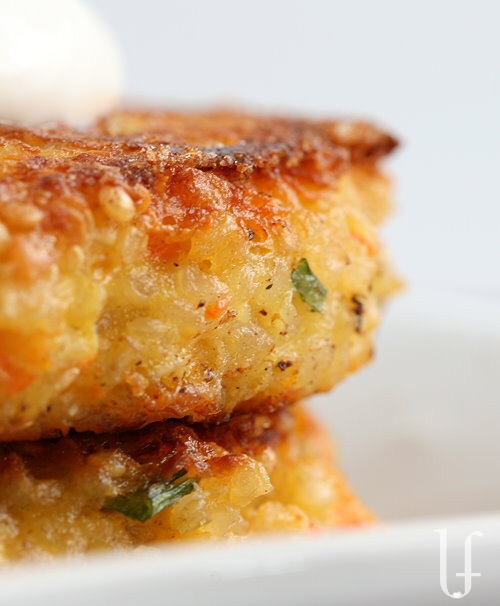Curly dock, also known as Rumex crispus, is a perennial herb native to Europe but has successfully naturalized in many parts of the world, including North America, South America, and Australia. Known for its long, curly leaves and reddish-brown seeds, curly dock is often labeled a weed due to its invasive nature. But what many don’t know is that the seeds of this plant are packed with nutrition and have a variety of uses. In this blog post, we’ll delve into the details of curly dock seeds, including how to harvest them and the different ways they can be used.
Harvesting Curly Dock Seeds
Harvesting curly dock seeds is a relatively straightforward process. The plant produces a tall, slender stalk covered in clusters of seeds that turn a reddish-brown color when they are ripe and ready for harvest, typically around late summer to early fall.
To harvest, simply snip off the seed stalks and place them in a bag. It’s best to allow the seed clusters to dry out for a few days in a cool and dry place. Once they’re dried, you can rub the seeds off the stalks with your hands or a piece of cloth.
It’s worth noting that curly dock seeds are covered in a hard outer shell that needs to be removed before consumption. This can be done by grinding the seeds and then winnowing, a process that involves throwing the seeds into the air and letting the wind carry away the lighter chaff, leaving the heavier seeds behind.
Uses of Curly Dock Seeds
While curly dock seeds are often overlooked, they are actually highly nutritious and versatile. Here are some of the ways they can be used:
1. Flour Substitute: The seeds of the curly dock can be ground into a fine flour. This flour can be used alone or mixed with wheat flour to make bread, cakes, and other baked goods. It imparts a subtle, earthy flavor to dishes.
2. Coffee Substitute: When roasted, curly dock seeds develop a rich, nutty flavor that makes them an excellent substitute for coffee. Simply roast the seeds in a pan until they’re dark brown, grind them, and brew like you would regular coffee.
3. Nutritional Supplement: Curly dock seeds are rich in vitamins, particularly Vitamin A and C, as well as minerals like iron and potassium. They also contain a fair amount of protein and fiber. Including them in your diet can provide a natural nutritional boost.
4. Traditional Medicine: In traditional medicine, curly dock seeds have been used as a laxative and a detoxifier. They are believed to help cleanse the blood and improve digestion.
Curly dock seeds, with their rich nutritional profile and versatility, are a hidden gem in the world of wild edibles. Harvesting and processing them may require a bit of effort, but the resulting product is more than worth it. So, the next time you come across a curly dock plant, don’t dismiss it as a mere weed. Instead, consider harvesting its seeds and exploring the different ways they can enrich your diet and health.




